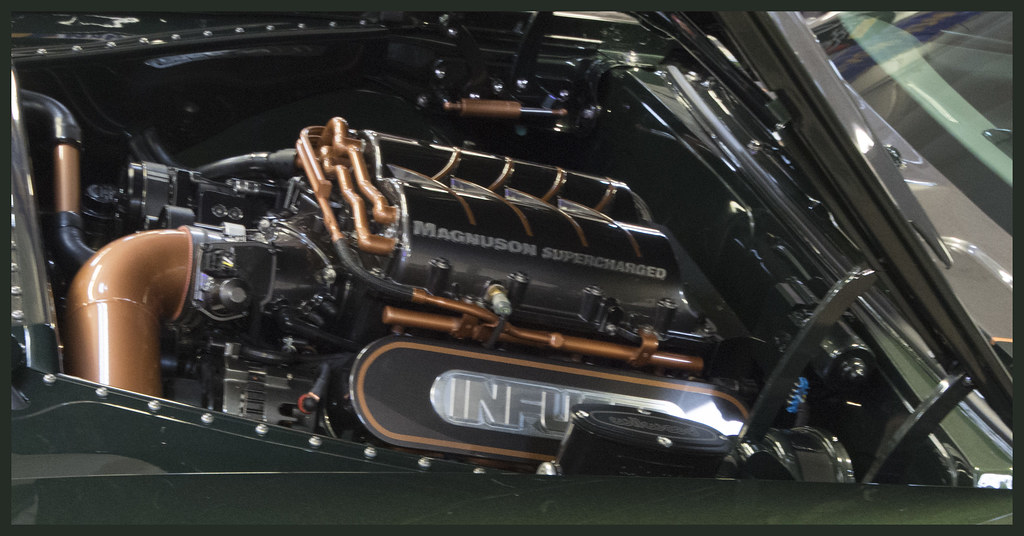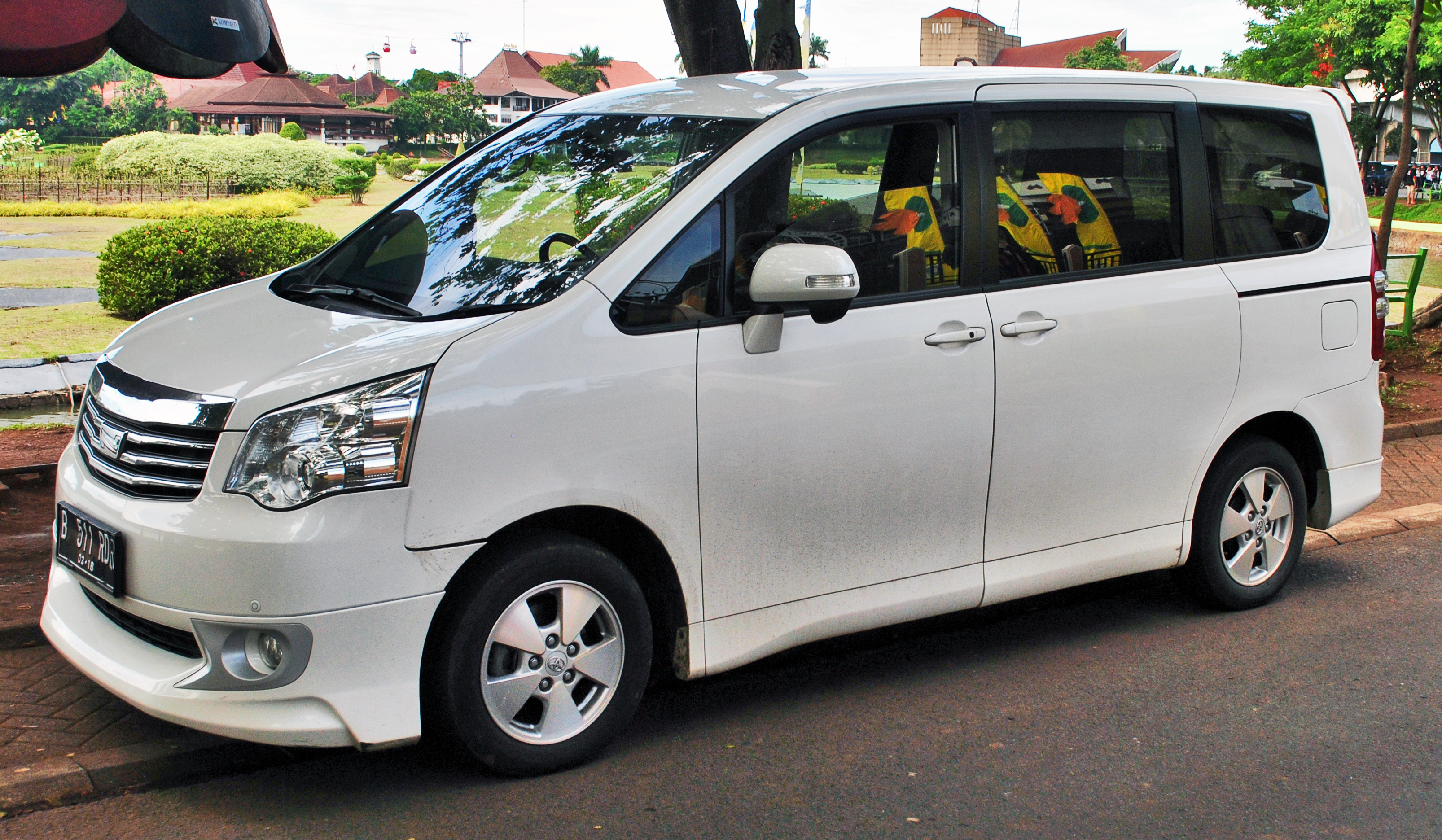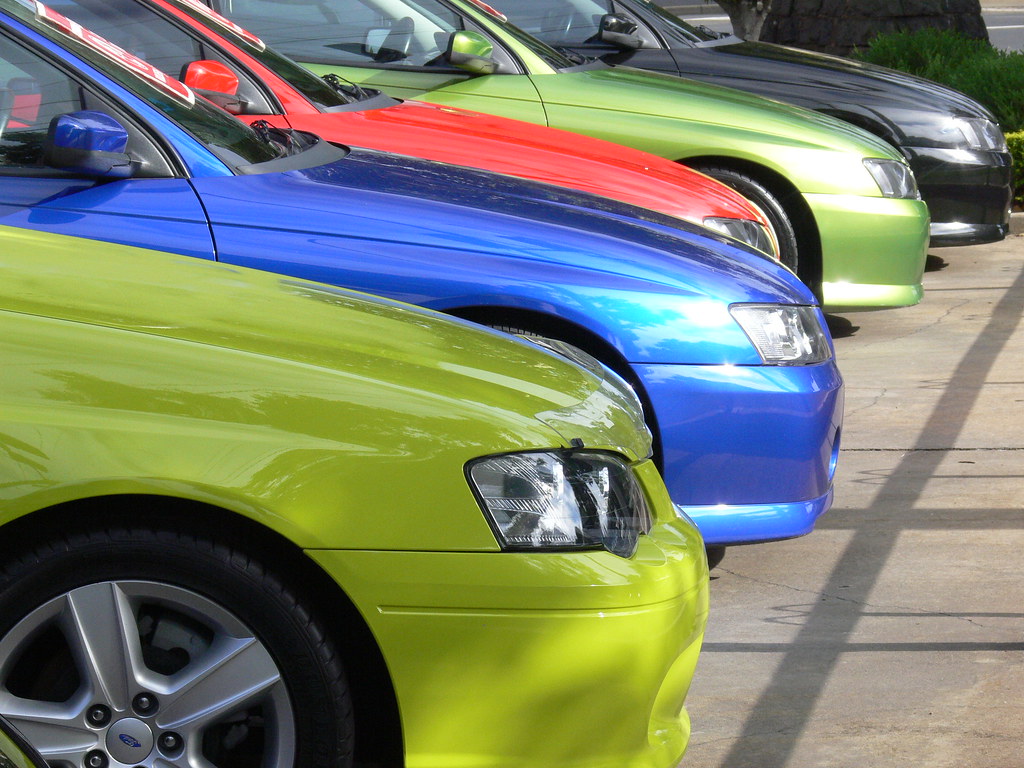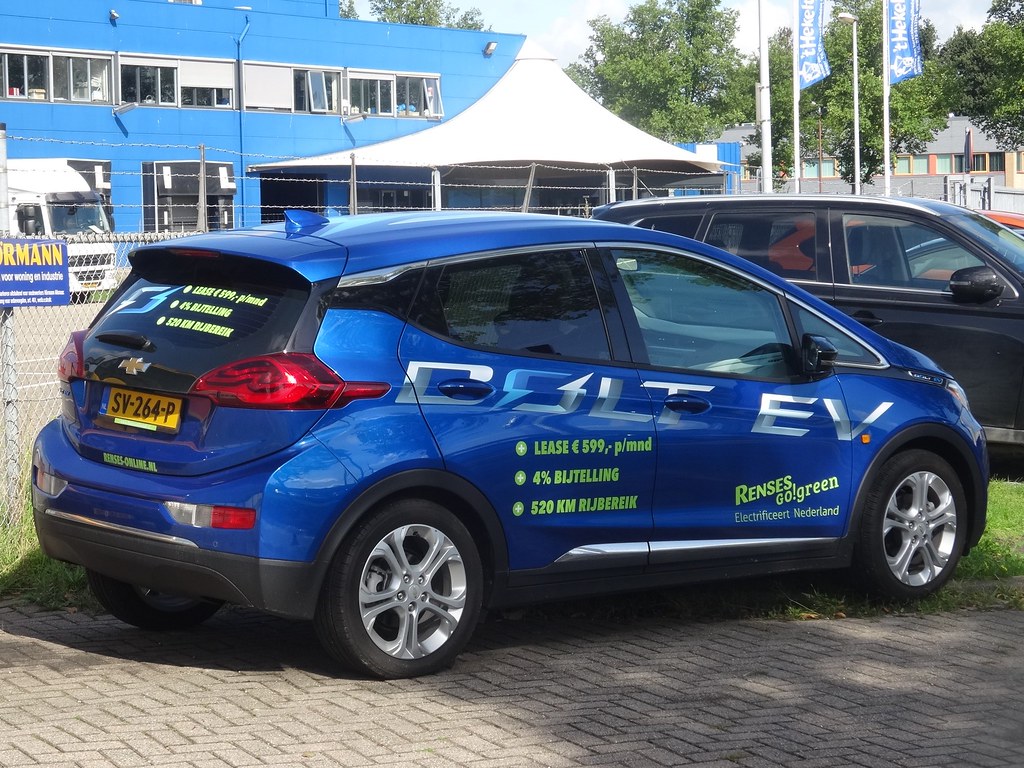
The automotive world is a thrilling landscape filled with delightful surprises, particularly in the realm of engine sharing. It’s not just about how cars look or feel, but often, the true magic lies in the engine itself, which may share an unexpected lineage with other vehicles. While you might picture high-performance cars as solely high-tech marvels, you’d be amazed to learn that some supercars actually share their engines with more commonplace vehicles—incredible, right? This practice of engine sharing serves as a cost-effective strategy for manufacturers and is a testament to the exceptional engineering that bridges different brands and models.

1. **Chevrolet Tahoe and Ultima GTR**: Prepare to be amazed! Believe it or not, the very same engine that drives the family-friendly Chevrolet Tahoe is also found in the breathtaking Ultima GTR, which is essentially a Le Mans race car. This striking duality not only showcases the versatility of the Chevy V8 engine but also highlights its capability to produce a stunning range of horsepower—from 300 to over 1000—depending on the specific model. Just imagine the conversations you could spark while cruising in your Tahoe, knowing that it houses the heart of a supercar beneath its unassuming exterior!

2. **Ford Crown Victoria and Koenigsegg CC8S**: The Crown Victoria has long been the ride of choice for law enforcement agencies across the United States, but hidden beneath its unassuming exterior is an engine that powers the ultra-rare Koenigsegg CC8S. This supercar, produced in a mere six units, harnesses a modified Ford Modular engine. While the Crown Vic’s engine puts out a respectable 250 horsepower, the CC8S cranks it up to an astonishing 646 horsepower, showcasing just how much potential lies beneath the skin of a seemingly dull police vehicle.

3. **Mercedes-Benz S-Class and Pagani Zonda**: Mercedes-Benz is known for luxury, while Pagani is synonymous with extreme performance. Both of these brands share one powerful connection through the M120 V12 engine. Initially introduced in the 1991 S-Class, this engine has undergone tweaks to power the Pagani Zonda, resulting in a machine capable of breathtaking acceleration and performance. The collaboration between these two manufacturers exemplifies how high-end performance can emerge from shared engineering brilliance.
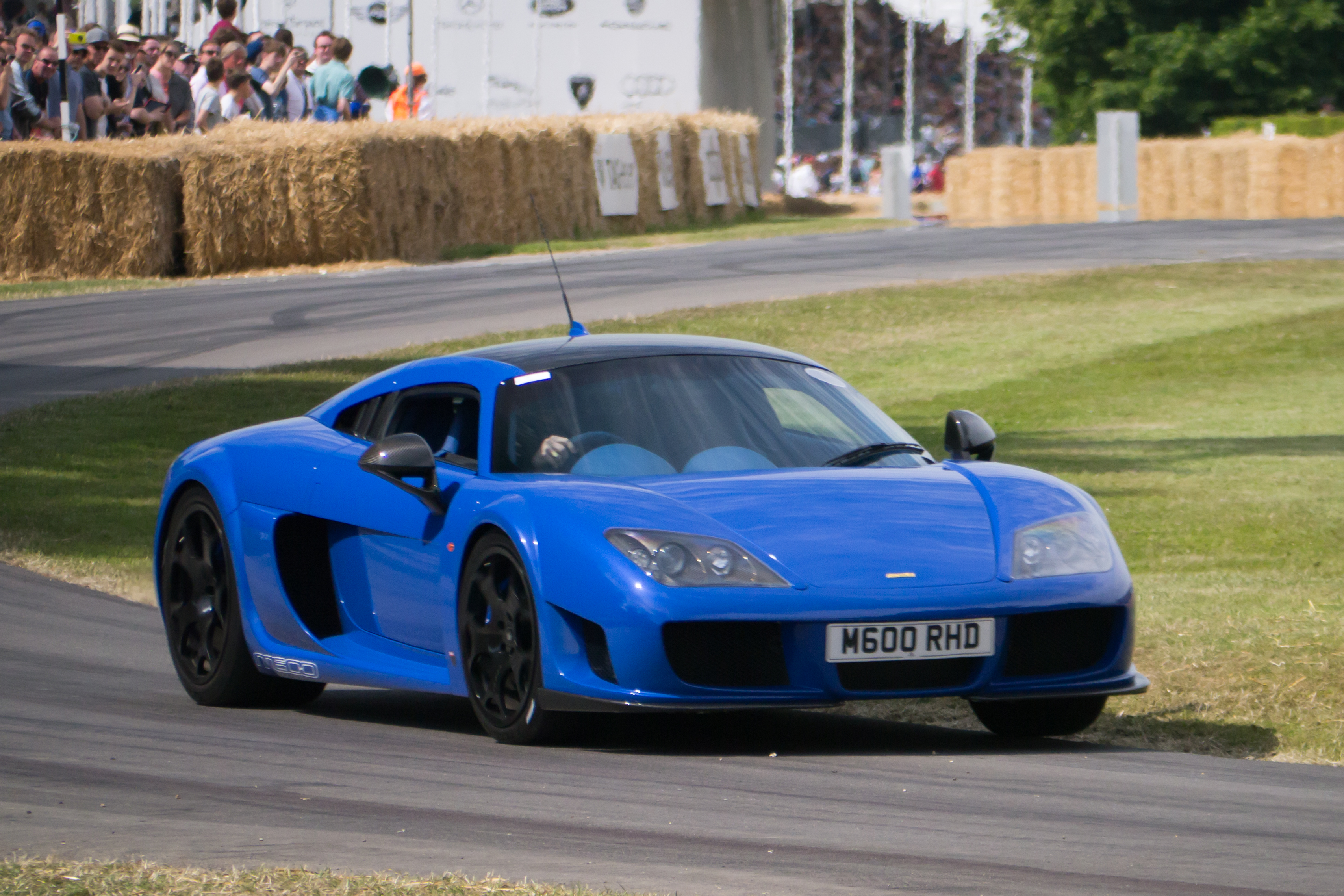
4. **Volvo XC90 and Noble M600**: At first glance, it might seem shocking that the luxurious Volvo XC90 SUV shares its engine with the exotic Noble M600 supercar. Yet, both vehicles are powered by a robust 4.4-liter V8 engine that was originally developed by Volvo. After receiving upgrades from Yamaha, this engine takes on new life, transforming from a family-friendly powerhouse into a thrilling engine that demonstrates the exceptional adaptability of automotive engineering across vastly different vehicle types.

5. **Renault Espace and Nissan 350Z**: It might come as a surprise to discover that the family-oriented Renault Espace minivan shares its engine lineage with the sporty Nissan 350Z. The VQ35DE engine powering the 350Z has historical ties to Renault’s V4Y engine used in the Espace. This fascinating relationship highlights the versatility and flexibility ingrained in automotive engineering, where an engine initially designed for practicality can effortlessly excel in a performance-focused vehicle, bridging two different worlds.
6. **Audi RS3 and Donkervort D8 GTO**: The Donkervort D8 GTO is not your typical sports car. Its lightweight construction and agile handling are made possible by the incorporation of the Audi RS3’s 2.5-liter TFSI engine. This engine not only delivers impressive power but also enhances the driving experience, showcasing how performance-oriented designs can benefit from shared engineering marvels.

7. **Ferrari Enzo and Ferrari 812 Competizione**: The Ferrari Enzo is legendary, but did you know that its engine has lived on in the Ferrari 812 Competizione? This V12 powerplant, which revs up to an astonishing 9,500 rpm, has seen continuous improvement since its debut in the Enzo. This example illustrates how Ferrari maintains its heritage while innovating for the future, ensuring that the spirit of performance endures across generations.

8. **Porsche RS Spyder and Porsche 918**: Known for its commitment to performance, Porsche showcases a remarkable connection between the engine that powered the RS Spyder racing car and the street-legal Porsche 918. The V8 engine from the RS Spyder underwent enhancements for the 918, resulting in a truly extraordinary car that delivers unparalleled horsepower and speed. This seamless connection between racing and road cars solidifies Porsche’s dedication to performance, no matter the driving environment or context.

9. **Mercedes-Benz G63 AMG and Aston Martin Vantage**: The iconic G-Class is renowned for its rugged capabilities and off-road prowess, but it also conceals a powerhouse—the 4.0-liter twin-turbo V8 from AMG. Interestingly, this same engine is utilized in the sleek Aston Martin Vantage, showcasing how two different manufacturers can harness the same engine to create totally distinct driving experiences, catering to their unique design philosophies and target markets.

10. **Honda Civic Type R and Ariel Atom**: The Ariel Atom stands out with its minimalist design and exhilarating performance, and it’s fascinating to note that both the Honda Civic Type R and the Ariel Atom are equipped with Honda’s high-revving engines. These shared engines deliver thrilling speed and remarkable responsiveness, proving that Honda’s engineering brilliance can be molded for both everyday driving and extreme performance, appealing to a wide spectrum of car enthusiasts.

11. **Toyota, Rover, and Lotus**: It’s fascinating how Lotus, a cornerstone of lightweight sports car design, has collaborated with both Rover and Toyota for its engine needs. Notably, the first-generation Elise incorporated a Rover K-Series engine, which was also found in the Rover 75. Fast forward to recent years, and Lotus has embraced Toyota’s reliability, particularly in the Elise, Exige, and Evora models. These partnerships highlight how even storied manufacturers can benefit from shared engineering, creating agile sports cars that resonate with driving enthusiasts.

12. **BMW M5 and Wiesmann MF5**: The Wiesmann MF5 is a strikingly unique model that draws its power from the BMW M5’s V10 engine. This partnership showcases how a boutique manufacturer can leverage the performance pedigree of a renowned name. The M5’s high-revving engine gives the Wiesmann a thrilling character, making it a captivating alternative for those who appreciate exclusivity and performance in one package.

13. **Morgan Plus 8 and BMW X5**: For those who appreciate the charm of classic British motoring, the Morgan Plus 8 offers a delightful fusion of retro aesthetics and modern performance, powered by the BMW 4.4-liter V8 engine also found in the X5. This connection illustrates how Morgan can successfully blend its traditional craftsmanship with contemporary powertrains, ensuring competitiveness without sacrificing its unique character. This harmonious blend of old-world charm and modern engineering elevates the Plus 8, making it a distinctive choice in today’s automotive landscape.

14. **Peugeot 208 GTi and Mini Cooper S**: Cost-cutting and strategic partnerships often lead to surprising results. The Peugeot 208 GTi and various Mini models share the Prince engine, developed through a collaboration between BMW and PSA Group. This compact powerhouse delivers spirited performance, proving that even entry-level models can have thrilling driving dynamics. Car enthusiasts appreciate how well-engineered small engines can turn mundane drives into exhilarating experiences.

15. **Nissan R390 and McLaren 12C**: The engine powering the McLaren 12C possesses a fascinating lineage, tracing its roots back to a Nissan design. Originally derived from the Nissan VRH engine utilized in the R390, this connection reveals the intricate relationships within the automotive world. The modifications made by McLaren not only enhance performance but also pay homage to its origins, illustrating a compelling narrative of evolution and collaboration that highlights the synergy within the industry.

16. **Honda Accord and Acura TL**: The Honda Accord and Acura TL embody how the same roots can grow in different directions. Both models utilize Honda’s robust K24 engine, but the tuning variations create distinct driving experiences. The Accord focuses on comfort and efficiency, while the TL leans towards a sportier demeanor. This duality showcases the versatility of Honda’s engineering, allowing them to cater to different markets while sharing fundamental technology.

17. **Subaru BRZ and Toyota 86**: These two models are often viewed as twins, sharing the same Subaru FA20 engine. This collaboration between Subaru and Toyota demonstrates how two companies can work together to create a vehicle that appeals to enthusiasts. The BRZ and 86 combine rear-wheel drive with a lightweight chassis, providing an engaging driving experience that has earned a dedicated following among sports car aficionados.

18. **Chrysler 300C and Dodge Charger**: The Chrysler 300C and Dodge Charger share the powerful HEMI V8 engine, showcasing how American manufacturers can capitalize on shared engineering to deliver performance across different vehicle types. While the 300C leans into luxury with its design and features, the Charger embodies a more aggressive stance, highlighting how a single engine can cater to diverse consumer preferences while delivering the same exhilarating performance.

These additional examples further emphasize the fascinating world of engine sharing in the automotive industry. It’s a testament to collaboration, ingenuity, and the clever use of engineering resources that allows manufacturers to create diverse offerings while optimizing performance and functionality across their lineups. As we continue to explore these connections, it’s exciting to see how the future of automotive design will evolve, blending innovation with familiar technology, all while keeping the thrill of driving alive.
The fascinating practice of engine sharing unveils the intricate complexities of the automotive industry, revealing that sometimes the most remarkable vehicles may arise from the most unexpected partnerships. You might be surprised to discover which car has the heart of a supercar lurking beneath its surface, ready to astonish you with its incredible performance capabilities.
Related posts:
Cars You Won’t Believe Share The Same Engines
Cars you didn’t know shared engines (List)
10 Cars You Can’t Believe Have a Third-Party Engine


